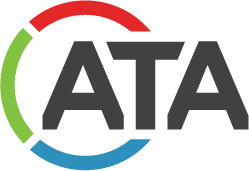Tent – A tent is a temporary structure composed of a covering made of a pliable membrane or fabric, supported by such mechanical means as poles, metal frames, beams, columns, arches, ropes and/or cables. Also referred to as a marquee, canopy or pavilion.
Tensile Structure – A permanent fabric structure that relies on the tensioning of the fabric roof for its structural integrity and shape. Also referred to as a tension structure or tensioned-membrane structure.
Tensile tent – A temporary fabric structure that shares some characteristics with the pole-supported tent, but relies more on the tensioning of the fabric roof for its structural integrity and shape. The use of tensioned fabric to resist applied loads and to shape the fabric membrane means less of a traditional support structure is needed to maintain it.
Temporary structure – Any structure such as a tent which will be in place for less than 180 consecutive days. Definition may vary according to individual building codes.
Marquee – A marquee is a canopy projecting over an entrance or doorway or a connecting canopy between two tents.
Canopy – An architectural fabric projection that provides weather protection, identity, and/or decoration and is ground-supported in addition to being supported by the building to which the canopy is attached. The term also can refer to a small tent, a tent without sidewalls or an awning.
 TEXTILES.ORG
TEXTILES.ORG



